About Serengeti
Serengeti National Park, a UNESCO World Heritage Site, is arguably the most famous wildlife sanctuary on the planet. Its name, derived from the Maasai word Siringet, translates to “the place where the land runs on forever,” a fitting description for its vast, treeless plains that stretch as far as the eye can see. Located in northern Tanzania, the Serengeti is the heart of one of Africa’s most intact ecosystems.
It’s a place where the cycle of life plays out on a spectacular scale, dominated by the Great Migration, an epic annual journey of millions of wildebeest, zebras, and other herbivores. A safari here is more than a trip; it’s a profound, life-changing experience that showcases the raw power and beauty of nature.

What Activities To Do
A Serengeti safari offers diverse ways to explore its iconic landscapes and wildlife. Game drives in specially adapted 4x4s are the classic choice, providing close encounters with animals across the vast plains. Hot air balloon safaris at sunrise deliver breathtaking aerial views, often followed by a champagne bush breakfast.
History enthusiasts can visit Olduvai Gorge, the “Cradle of Mankind,” to learn about early human evolution. Cultural visits to Maasai communities offer insight into their traditions, lifestyle, and nomadic practices. In designated areas, guided walking safaris provide a more intimate bush experience, focusing on tracks, plants, and smaller ecological details, giving travelers a deeper connection with the Serengeti’s natural world.
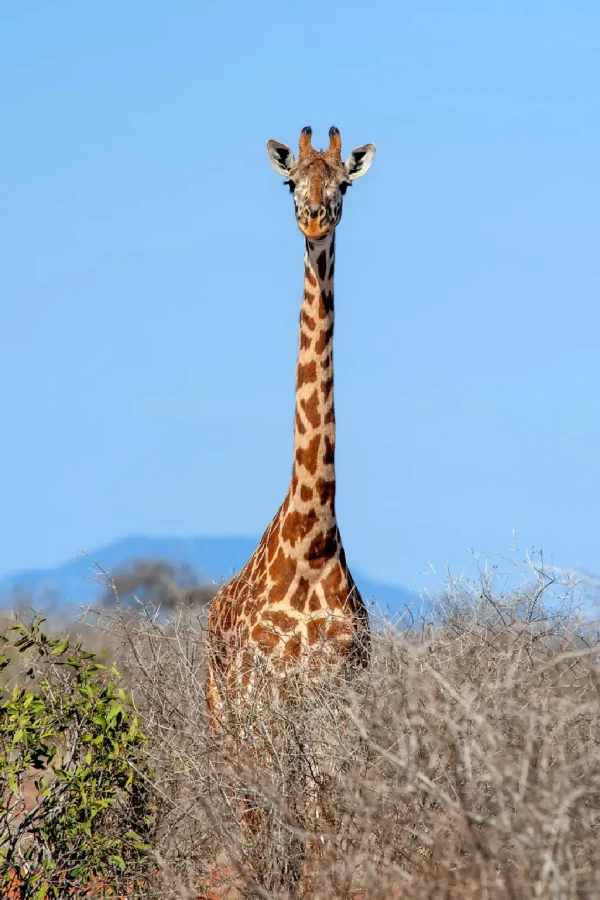
What To See
The Serengeti boasts spectacular resident wildlife year-round, including the Big Five, abundant predators like cheetahs and hyenas, and diverse herbivores such as giraffes and antelopes. Over 500 bird species, including Kori Bustards and Secretarybirds, make it a premier destination for wildlife and birdwatching.
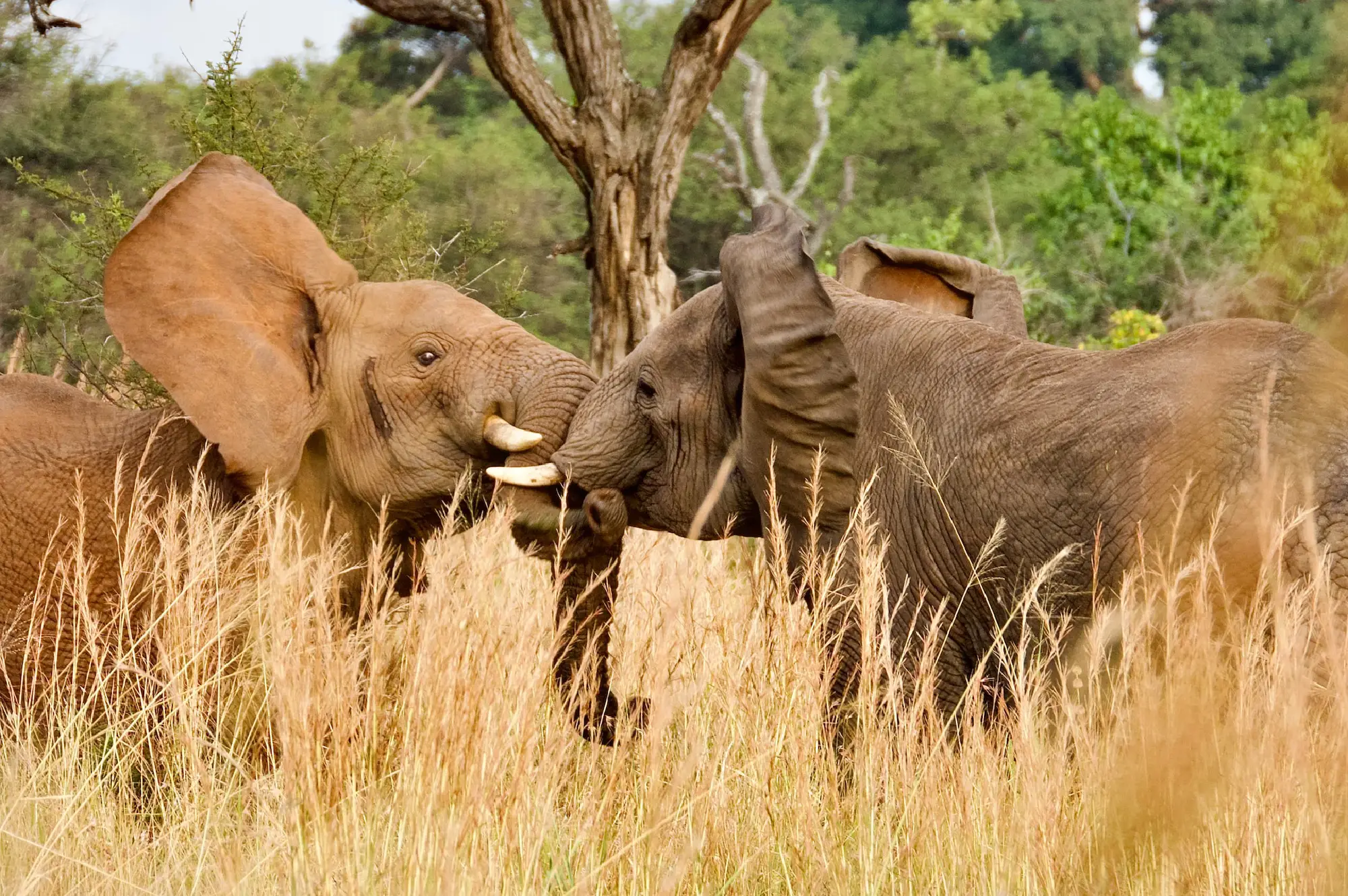
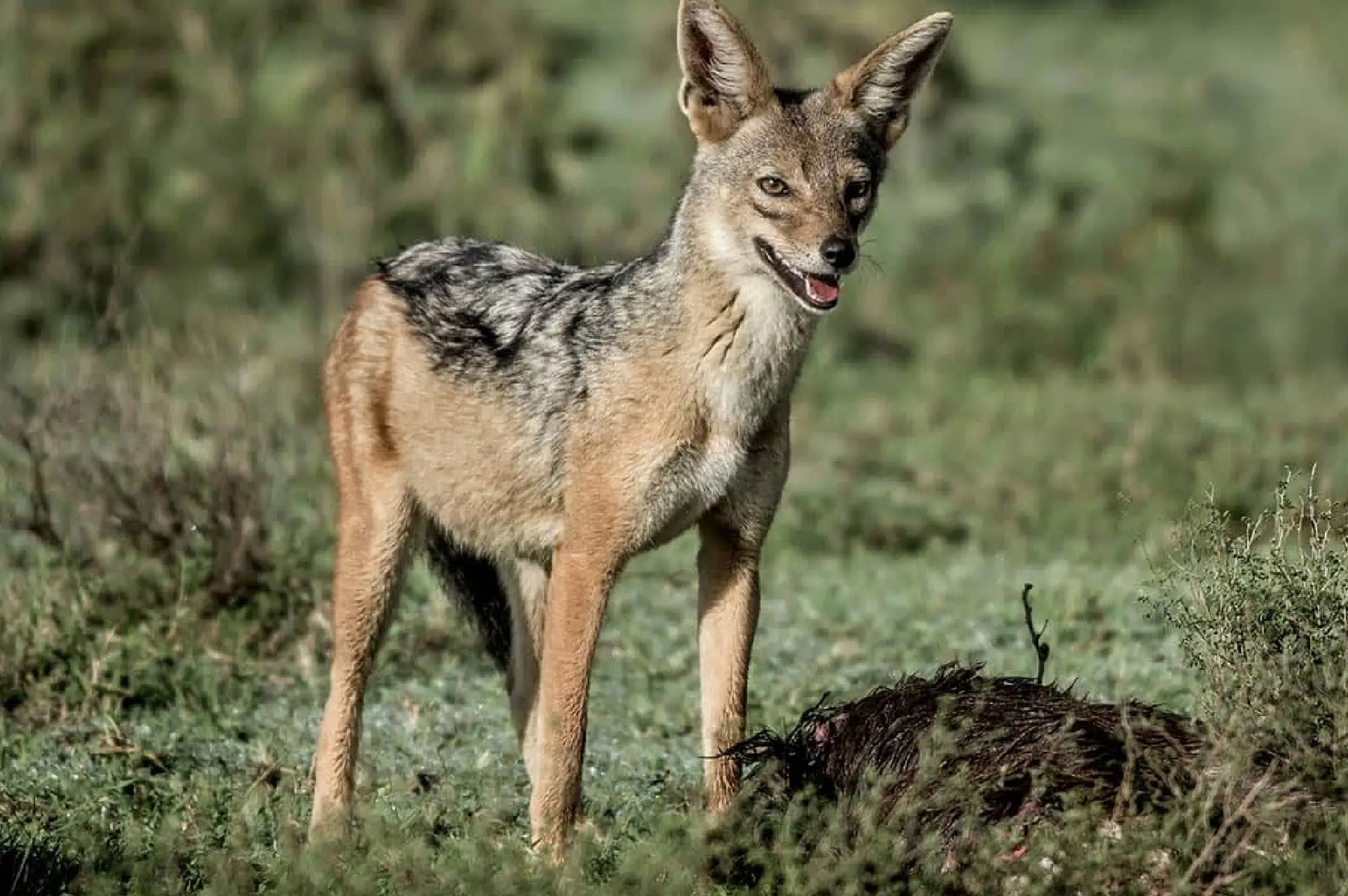
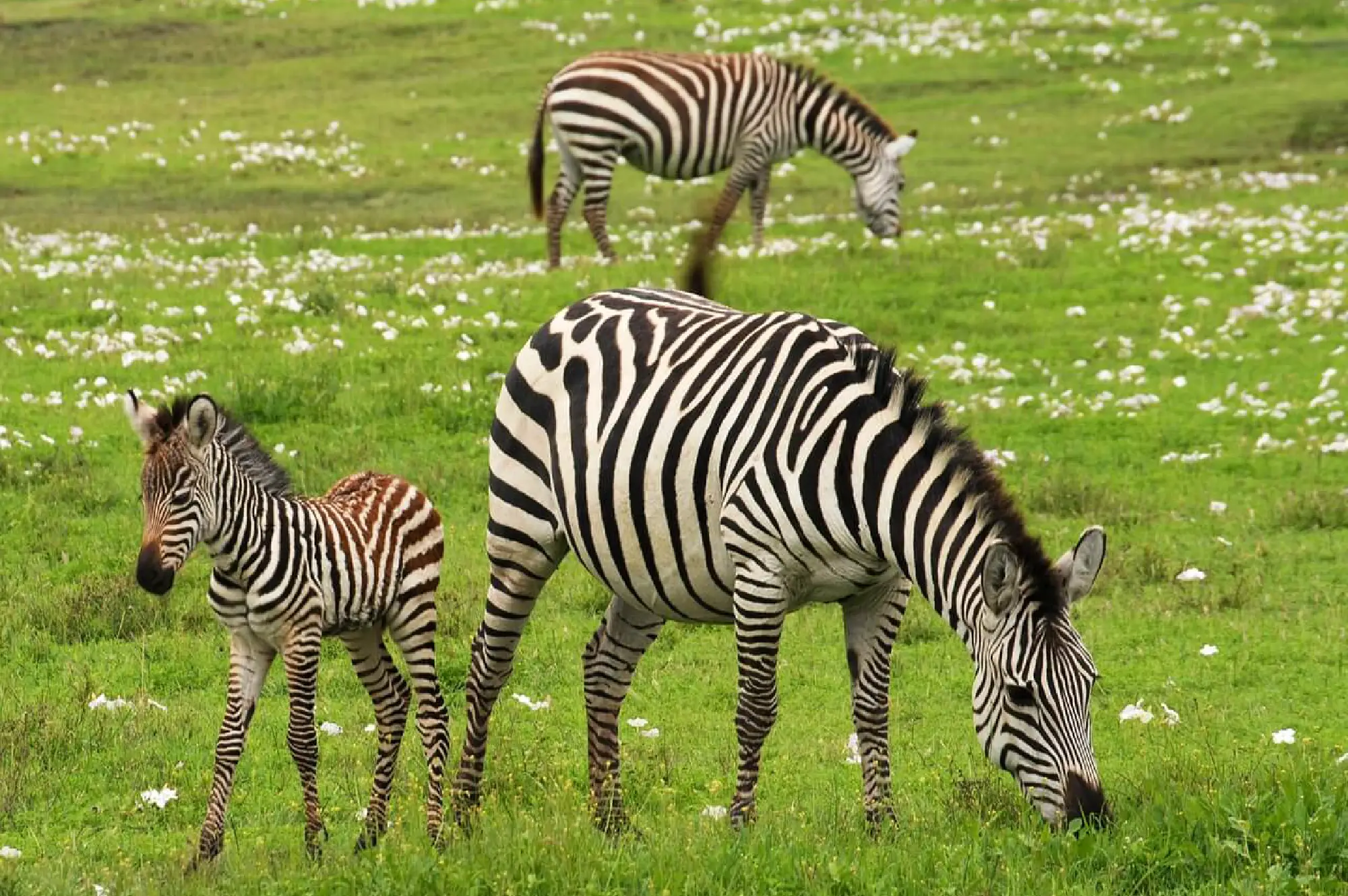
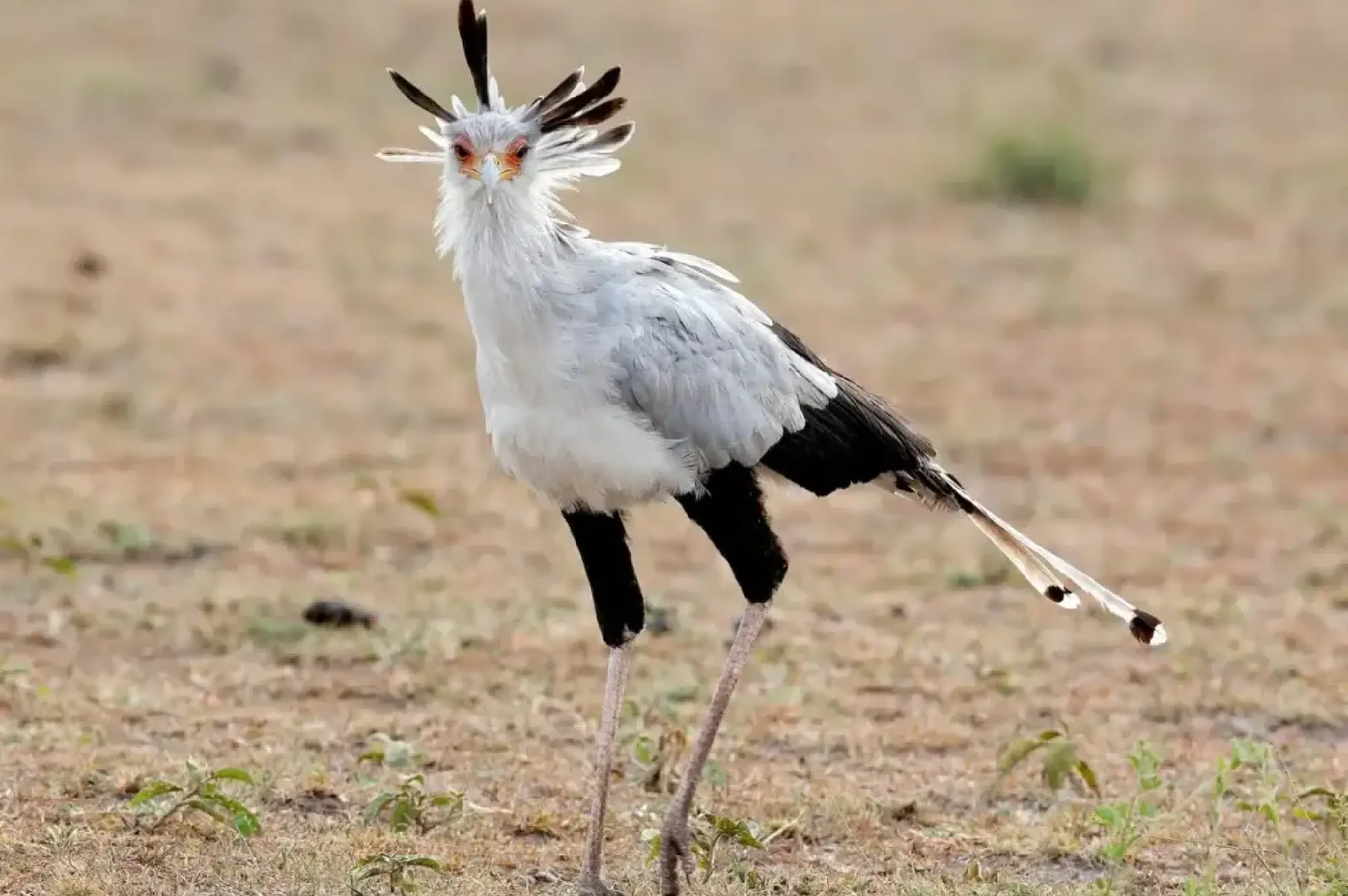
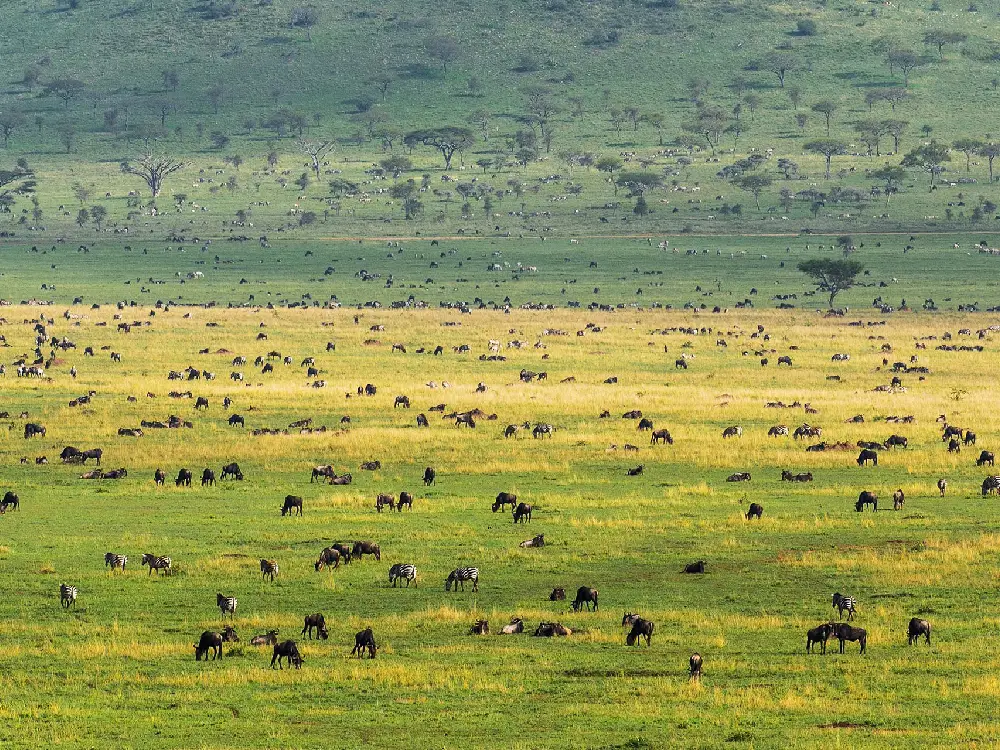
Best Time To Visit
The best time to visit Serengeti National Park depends on what you want to experience. June to October offers prime wildlife viewing, including the Great Migration’s dramatic river crossings. From December to March, the southern plains host the calving season, attracting predators. Both dry and green seasons provide unique opportunities, making Serengeti a year-round safari destination for unforgettable adventures.
How To Get
Serengeti National Park can be reached by road or air. From Arusha, it’s a full-day drive through scenic landscapes and wildlife areas. Alternatively, domestic flights from Arusha, Kilimanjaro, or Dar es Salaam land on several airstrips within the park. Air travel is faster and convenient, while road trips provide immersive experiences of Tanzania’s countryside and cultural encounters along the way.
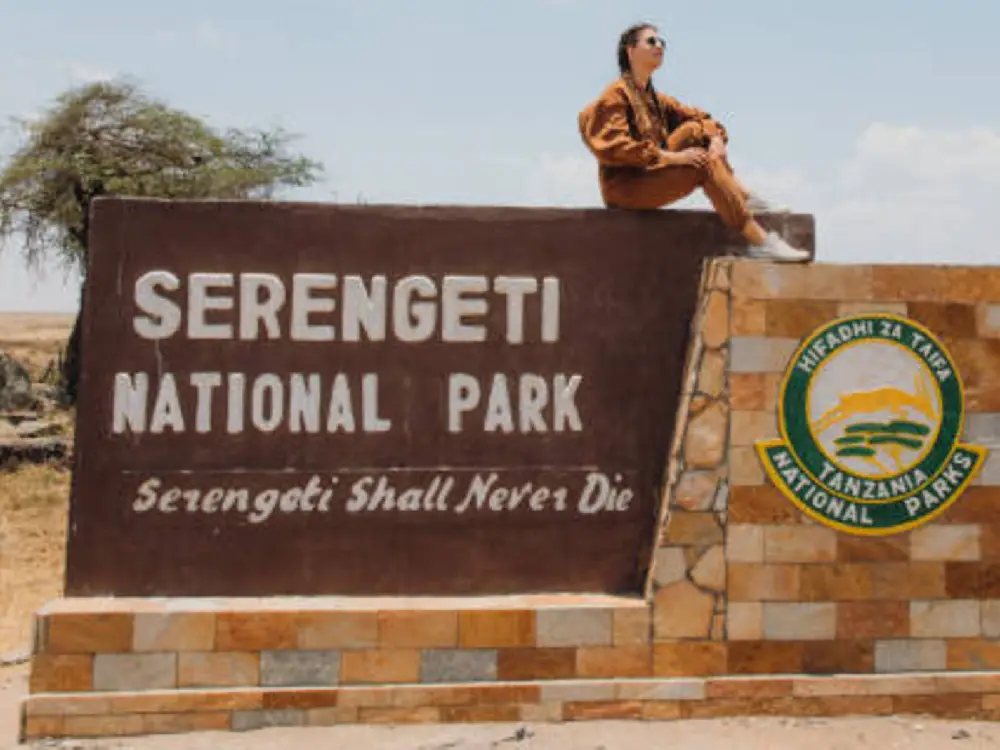
Related Tanzania destinations
Experience Tanzania, home to the Serengeti’s Great Migration and the majestic Mount Kilimanjaro.
Unwind on the white-sand beaches of Zanzibar or explore rich wildlife in world-famous national parks.
Start your Tanzanian adventure today – nature’s wonders await!
Where to Stay
Serengeti National Park offers a range of accommodations to suit every preference. Luxury lodges like Four Seasons Safari Lodge provide exceptional comfort and views, while mid-range options such as Serengeti View Camp balance comfort and affordability. Budget travelers can enjoy authentic experiences at public campsites or tented safari camps within and near the park.
Trip Destinations
Happy Traveler
Frequently Asked Questions
The migration is a year-round event, but the most dramatic moments occur at specific times. The best time for the thrilling river crossings is from July to October in the northern Serengeti. For the calving season and high predator activity, January to March in the south is ideal.
Yes, the Serengeti is considered a very safe destination for tourists. Safari operations are well-regulated, guides are highly experienced, and tourist lodges have security measures in place. It is important to follow all instructions from your guide for your safety.
The most common way to get to the Serengeti is by a short flight from major hubs like Arusha or Kilimanjaro International Airport to one of the park's airstrips. It is also possible to drive, but this takes significantly longer.
Pack light, breathable clothing in neutral colors (khaki, brown, tan). Long-sleeved shirts and pants are recommended to protect against sun and insects. Essentials include a wide-brimmed hat, sunglasses, sunscreen, insect repellent, and comfortable walking shoes. Don't forget a camera with extra batteries and a telephoto lens!
The Serengeti has a tropical climate. The dry season (June to October) is generally sunny and cool in the mornings and evenings. The wet season (November to May) brings short and long rains, making the landscape lush and green, but can also cause muddy roads.
The cost varies widely depending on the duration of your trip, the level of accommodation (luxury vs. budget), and the time of year. Safari packages typically include park fees, accommodation, food, and game drives. We can customize a safari to fit your budget and preferences.
Real Stories from Happy Travelers
Hear from our happy travelers as they share their unforgettable experiences and cherished memories from their journeys.
We had the best time with Little Rock Safari! It totally exceeded our expectations. Right from the start, the staff was so friendly
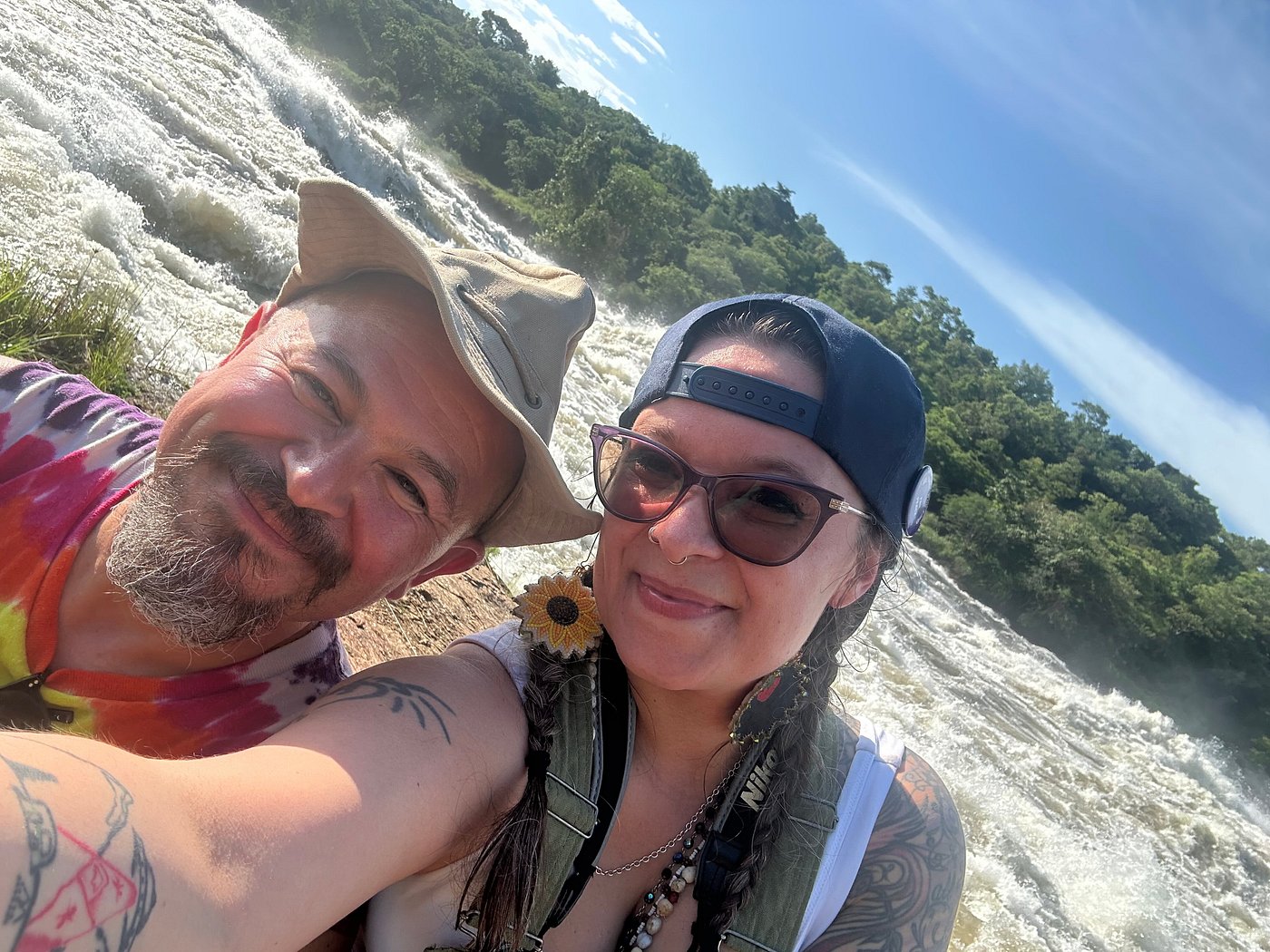
Canada
Where to begin!?!? My husband and I did a two day Murchison falls safari trip, with Cliff & Derrick as our guides.

Traveler
Memorable Safari experience from start to the end I contacted Little Rock Safaris about 4 and half months before the tour starting date.
Traveler
Our original tour operator canceled our trip at last minutes, so we contacted Littlerock safaris to replace our canceled tour and they responded to us immediately
Adventure Awaits – Book Your Journey Today
Step into a world of unforgettable adventures with EpicEscapes. we make every journey seamless and extraordinary.
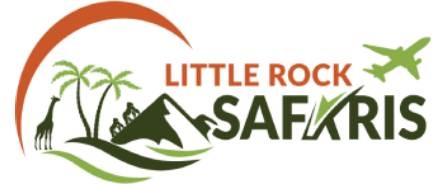
Littlerock Safaris & Events Ltd is a well-established tour, travel and Events Company with over 15 years of experience in handling inbound and outbound holidays.
Contact Info
Our Address
UK MALL, Kampala, Ugandax
Our Phone
+256 772 758055
+256 706 758055
Our Email
info@littlerocksafaris.com
Trusted Partners




Copyright © 2025 Littlerock Safaris . All Rights Reserved Designed by Safari Marketing Pro
Little Rock Safaris is proudly powered by WordPress
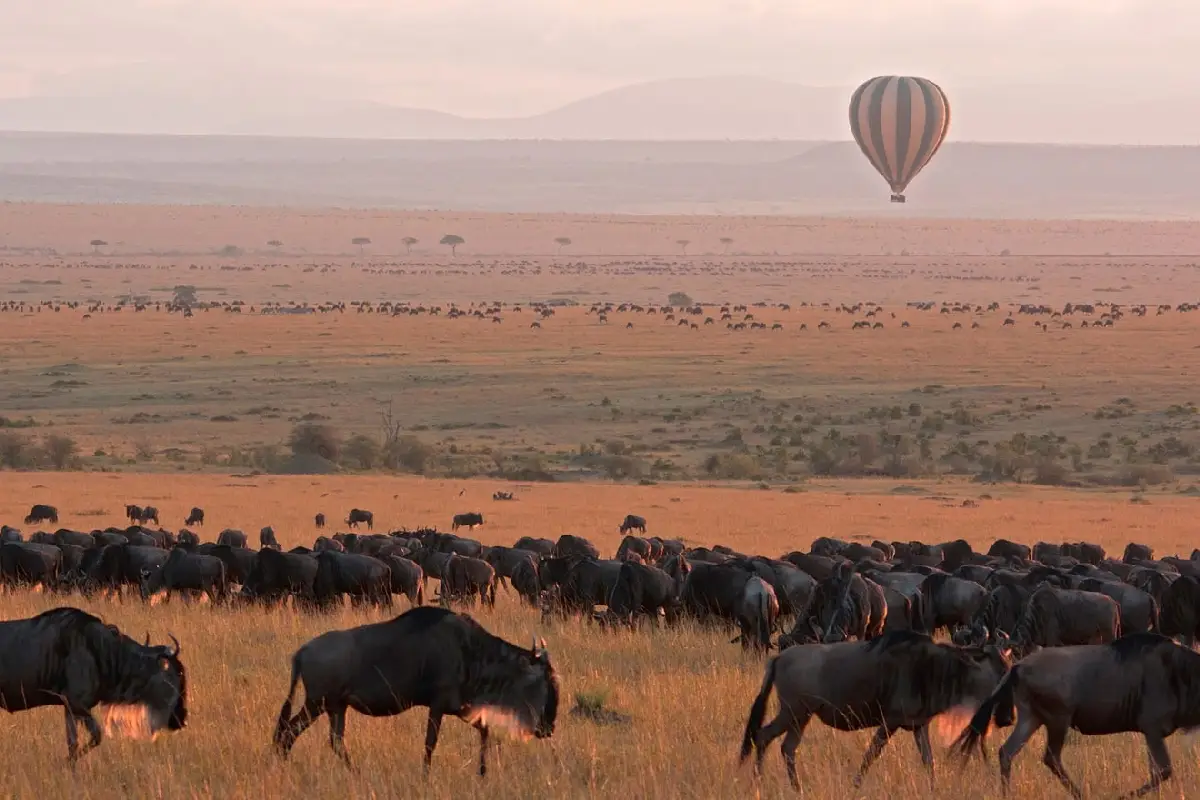
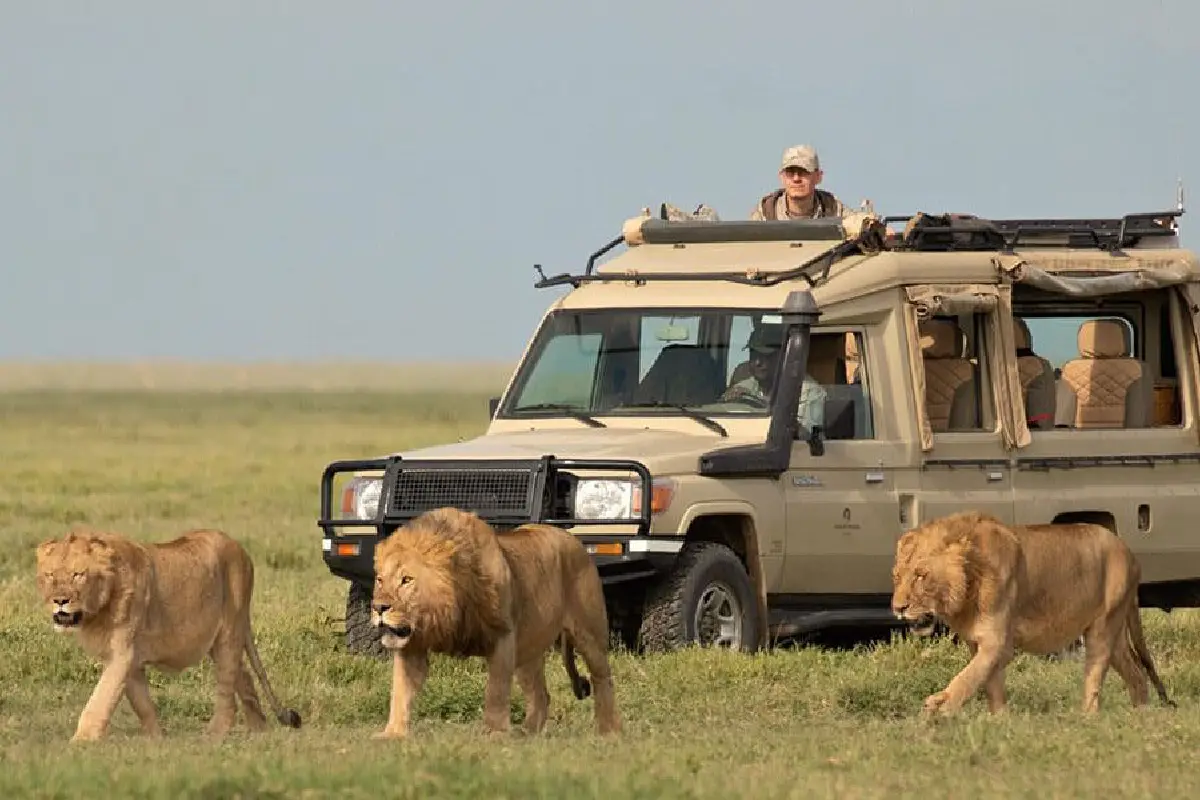
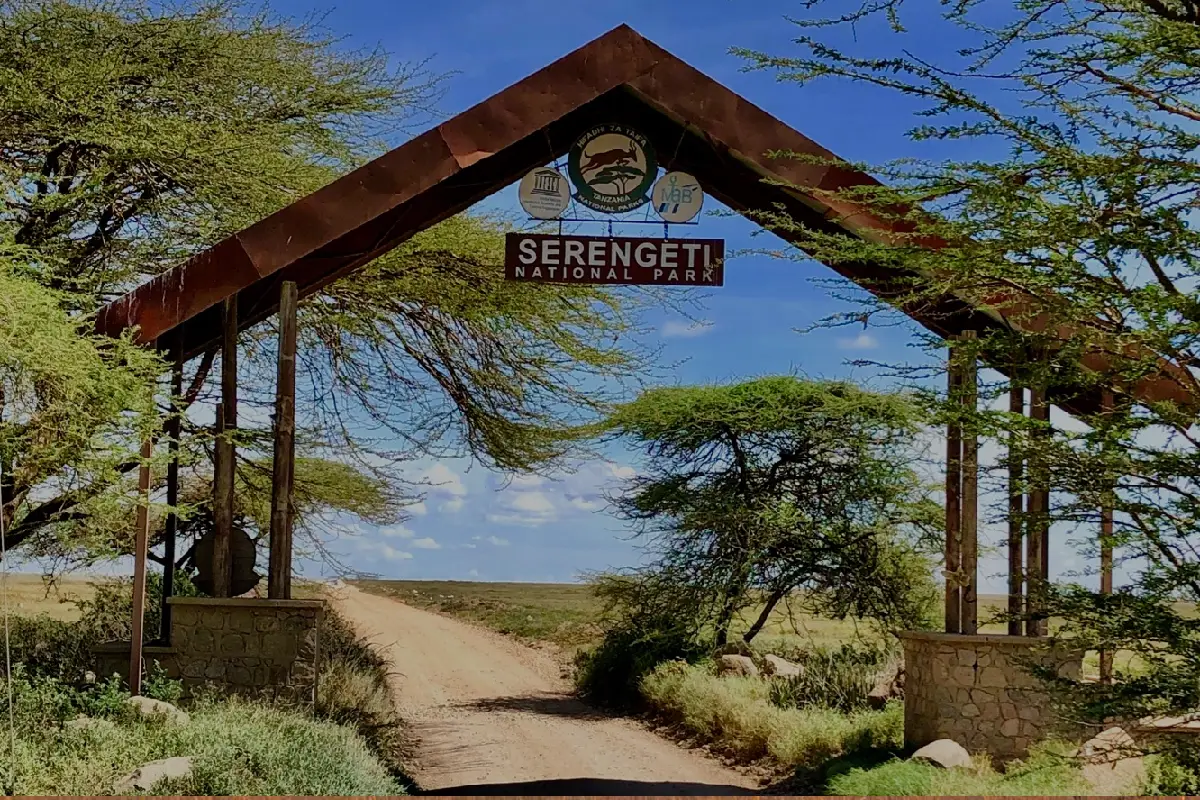
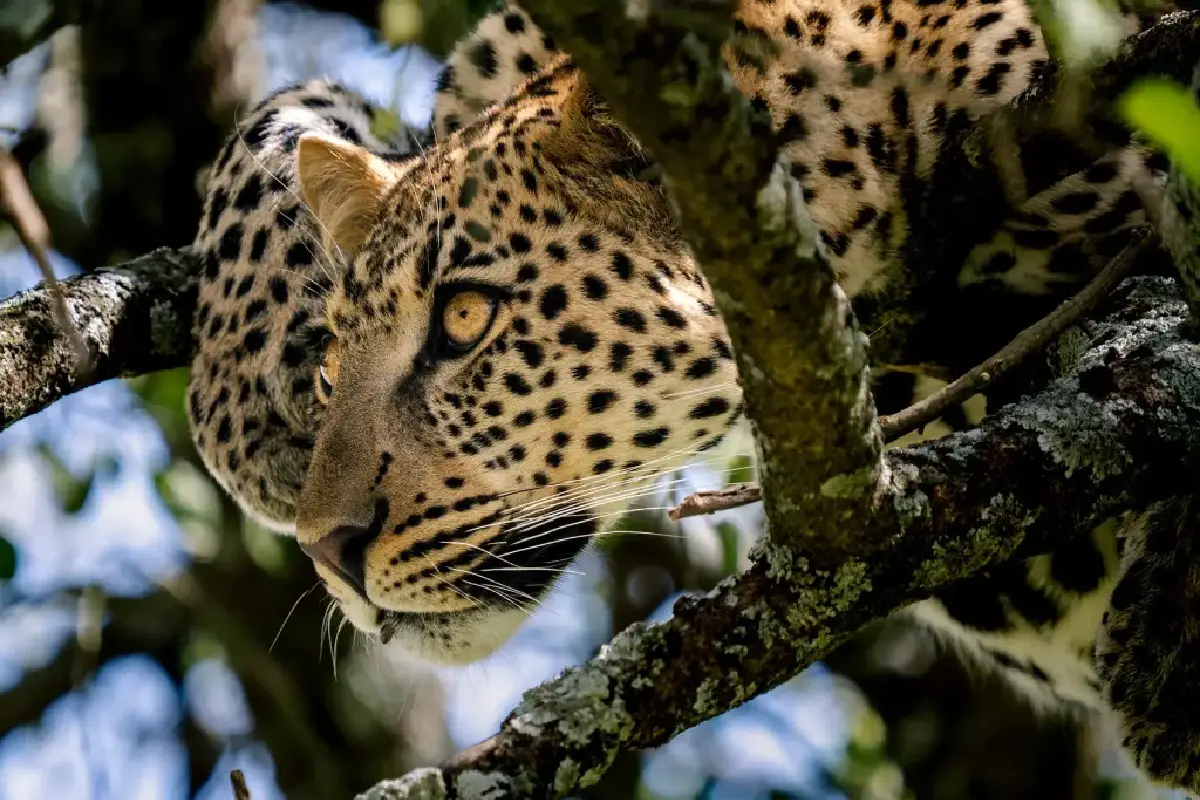




Oaklee H
USA